ADE Day Two: From African Rhythms to Daft Punk in Fortnite and Dutch Rap History
The second day of the Amsterdam Dance Event delivered a diverse blend of African influences, a cheerful talk with Fortnite’s developers, and a monumental evening as Dutch Rap officially became part of the city’s history. Let’s dive in!
A Guided Listening: African Dance Music with Homecoming’s Dare Balogun
Traditional African music styles like Makossa and Highlife are steadily gaining recognition in the global dance community. As Afro House and Amapiano reach their peak worldwide, more listeners are exploring classic sounds from the African diaspora.
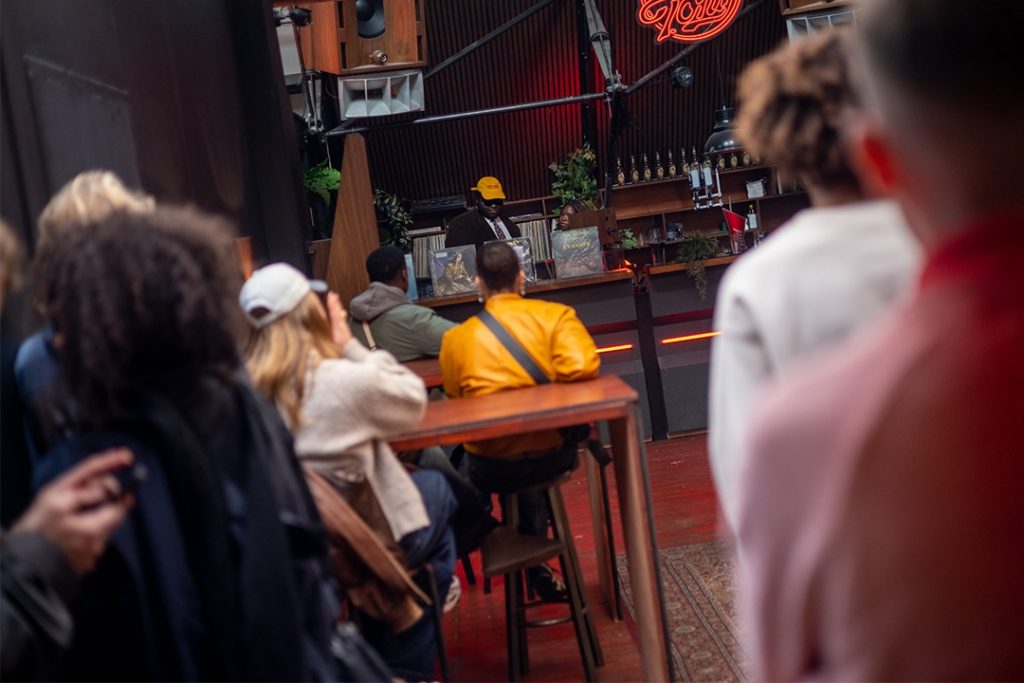
Dare Balogun of Homecoming, who also curates the Roots to Rhythm program, hosted an intimate session at Radio Radio. A small starting delay meant the host focused on playing music rather than discussing it; nevertheless, the intimate crowd enjoyed the diverse journey through sound.
Among these songs was the danceable classic “100% Zoblazo” by Meiway, an artist hailing from Côte d’Ivoire. The syncopated drums, topped with playful synths, create an infectious rhythm that echoes styles like Soca and Calypso from the Caribbean.
Other selections were significantly more pop-oriented, drawing parallels with many contemporary Afro hits. Tracks like “Evasion” by Agatha Maninoue and “Dikom Lam La Moto” by Charlotte Mbango evoked the feeling of a vibrant house party on the African continent, complete with the drinks flowing from Balogun’s bar.
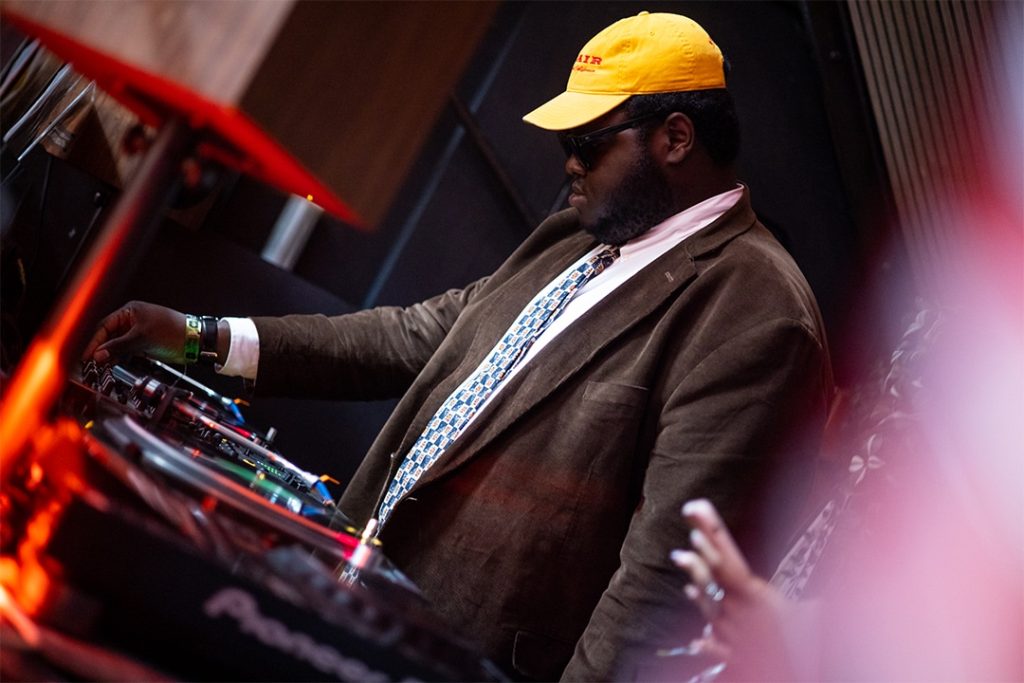
Epic Games: Press Play! The Daft Punk Experience in Fortnite
Fortnite, the 2017 video game that blew up into a global phenomenon, frequently hosts virtual concerts by iconic artists like Snoop Dogg and Bruno Mars. To boost morale among their dedicated fanbase, developer Epic Games brought the magic of the musical robot group back to life one more time.
Brett Marks, responsible for Music Partnerships at Fortnite, admitted the choice for Daft Punk as their new experience was an easy one. ‘We’re all from the ’80s and big fans of Daft Punk,’ he said. ‘It made sense to bring the biggest electronic duo to Fortnite, even though our main demographic might be new to their music.’
Fans responded wildly to the reveal, creating reaction videos that eventually became viral hits. The developers took the iconic “Alive 2007” concert as core inspiration for their content. Lead Producer JP Kellams revealed that they hid countless Easter eggs inside the Fortnite experience, like the “Technologic” baby and many of the “Alive 2007” concert visuals. ‘If anything, we mostly discussed which Easter eggs not to put in,’ he admitted, laughing.
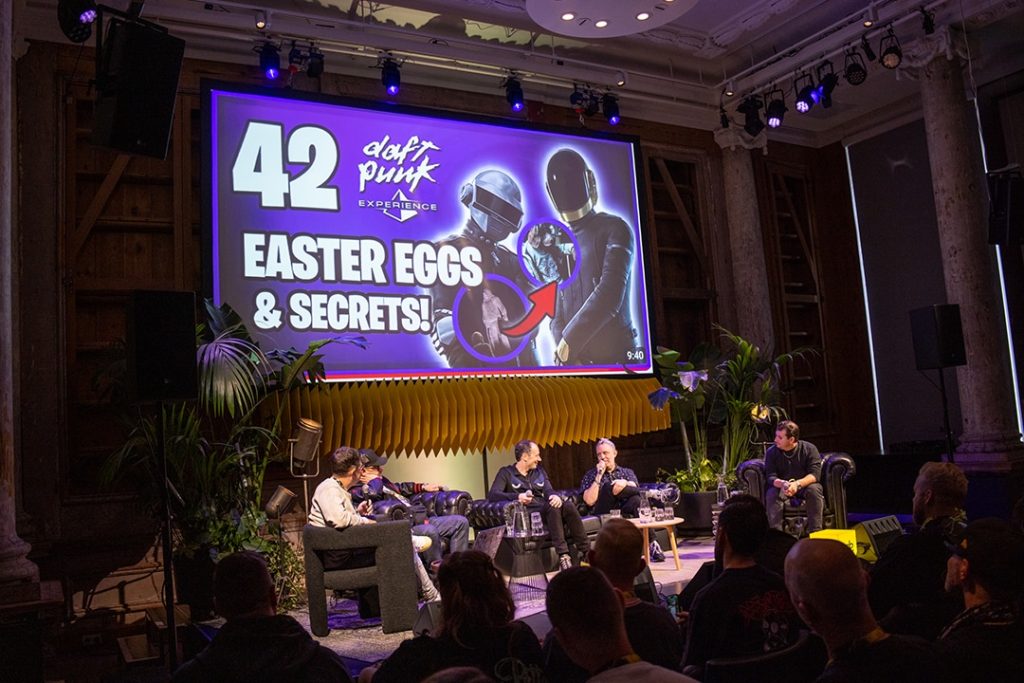
Cédric Hervet, Creative Director at Daft Life, revealed that he spoke to Daft Punk just last week; they were delighted with the outcome and the crowd reception. The robots had never expected this kind of reaction after disbanding Daft Punk over three years ago. The French duo had been playing video games since the ’80s, so it made sense to mix the two franchises. Both Cédric and the Daft Punk members were very thankful to Epic for their work on the collaboration.
Alex Rigopolis, a veteran developer at Epic Games who previously developed Guitar Hero and Rock Band, spoke about the medium’s evolution. After 30 years in the industry, Rigopolis noted how much the landscape has changed. He expressed his enthusiasm for moving the player from a passive listening position to an active participant. This can happen through direct engagement, like Guitar Hero, or a more immersive experience, like Fortnite Festival.
Looking ahead, the panel identified today’s gaming as a spectator sport, with millions tuning in to watch streamers. What makes Fortnite Festival unique is its ability to unite millions of players in a single, synchronised event, creating a shared experience reminiscent of Daft Punk’s “Alive 2007″—an album that remains a benchmark for live electronic music experiences.
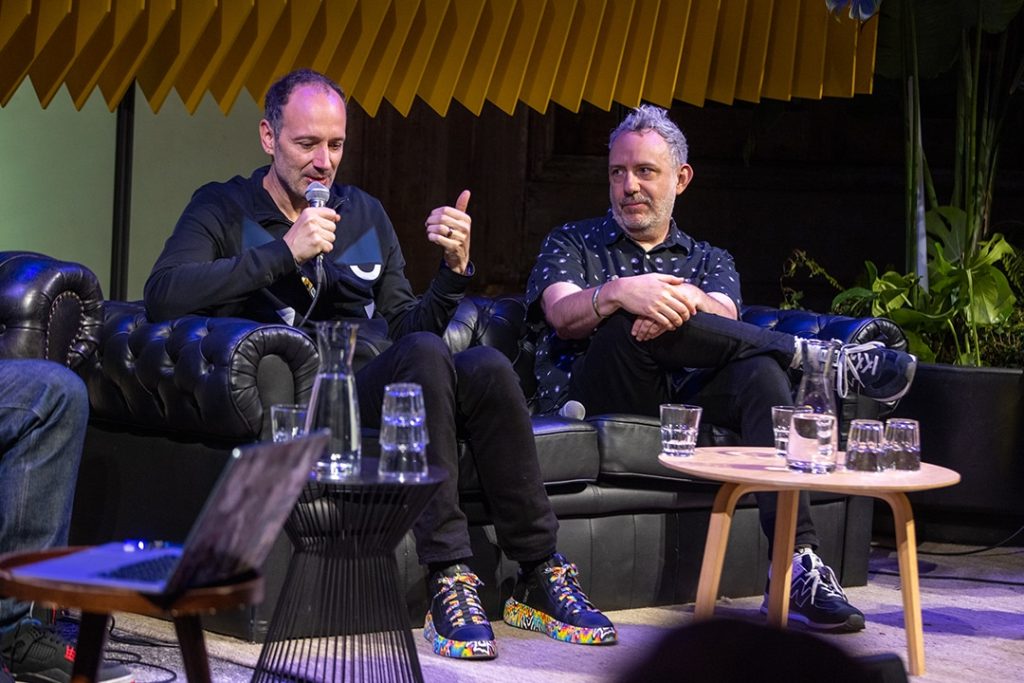
Philou Louzolo and Wietske Overdijk: The Making of AFRICAN GOLD
Philou Louzolo has made significant strides within the Afro community in the Netherlands. A beloved face at festivals like Dekmantel, Thuishaven, and Into The Woods, the Zierikzee-born DJ opens up about his upbringing in his documentary, AFRICAN GOLD.
The documentary is a deeply personal collaboration between the African-rooted artist and director Wietske Overdijk, who explained the nature of their bond during the Q&A. Louzolo had always been part of her family life, though they did not truly discuss cultural views until recent years.
Growing up in a predominantly White neighbourhood, Louzolo felt profoundly underrepresented because of the lack of people who looked similar to him. That experience led him to pursue his artist’s journey, but not without cost. Through years of coping, a battle with substances plagued the DJ on two occasions before he ultimately released his debut album, “African Gold”.
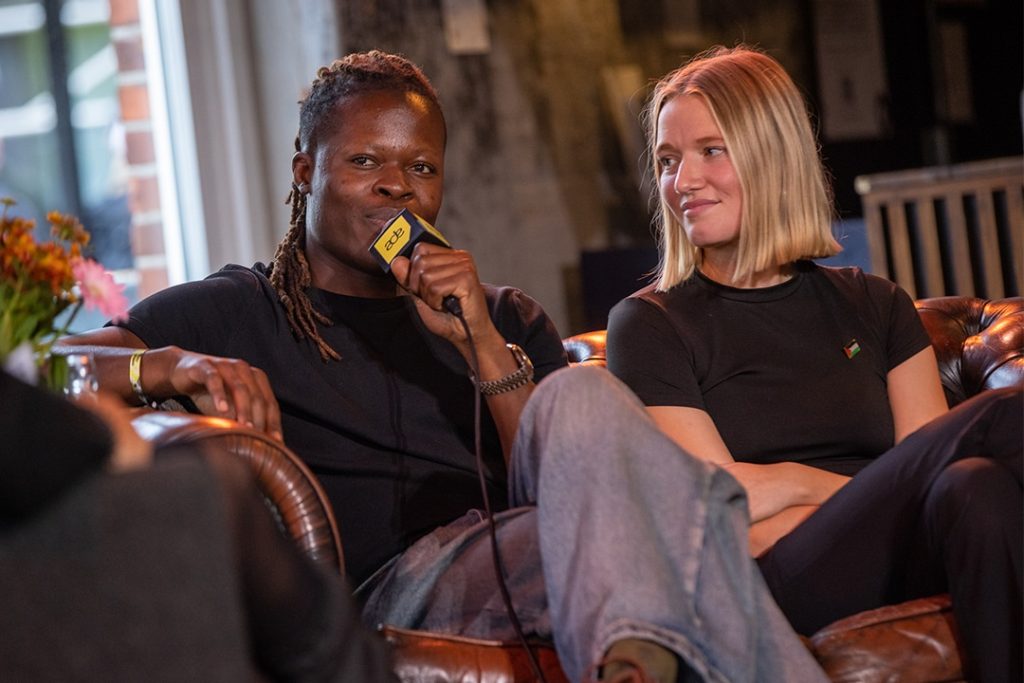
‘Directing this documentary gave me a new sense of what it felt like to be African in a Dutch community,’ director Wietske Overdijk confessed. ‘Philou had always been part of the family, but it was only recently that I opened my eyes to how the world looks at him.’
The collaboration also touched on “Woukoundo”, Louzolo’s vision for a sci-fi, futuristic music label centred around the idea of Afrofuturism. His desire to combine traditional African music with other genres like Techno or Anime soundtracks is front and centre of where he wants to take his music.
While we sadly couldn’t view the documentary, both the director and the star artist provided more than enough context to compel interest. With such a diverse palette of influences, coupled with a desire to push the culture forward, Louzolo possessed a compelling narrative that demanded a thoughtful documentary like African Gold.
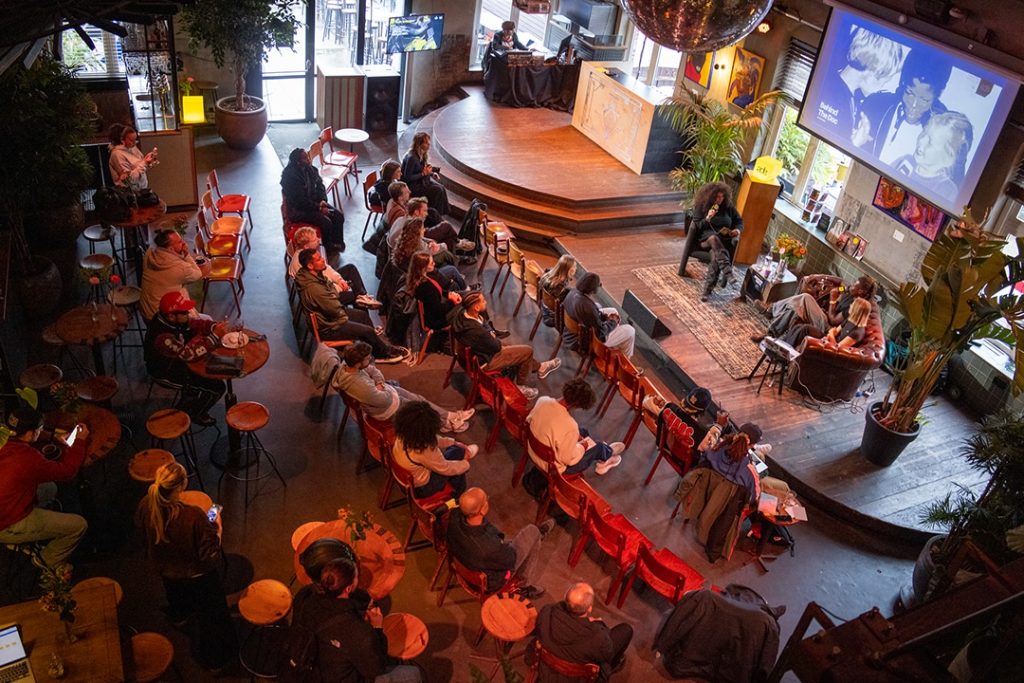
YouTube | Essential Insider Knowledge
As the premier video provider in the world, it was no surprise that YouTube’s Insider Knowledge talk was sold out and filled with strategies to optimise creator reach. Sheniece Charway, Head of Music Culture at YouTube, shared key tips and tools designed to help creators grow their channels.
Charway came prepared with a comprehensive presentation, filled with actionable tips and best practices to optimise impact. Given the sheer amount of information, the reliance on slides was understandable. From live redirects and custom countdowns to trailers and planned Shorts, the YouTube talk provided a blueprint for strong multimedia campaigns in 2025.
‘Make sure your channel is up-to-date and optimised. This will help fans find what they are looking for,’ Charway remarked. ‘Also, make sure you promote your active content. Customise your channel layout to fit the needs of your fans and they will love you for it.’
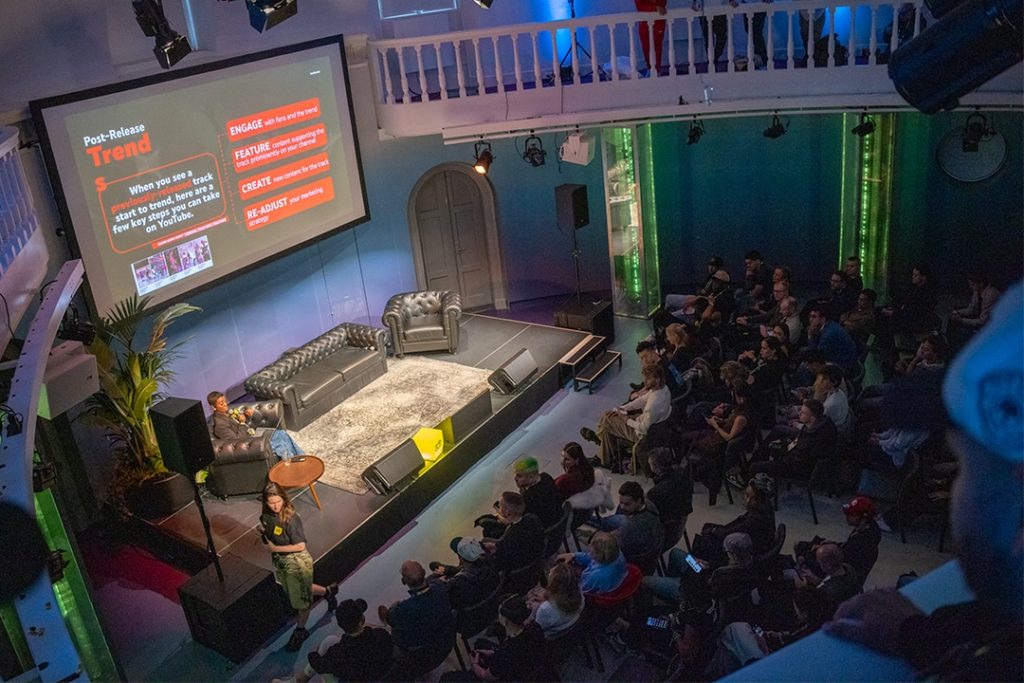
One such best practice is for musicians to simultaneously release both lyric videos and music clips. While this might seem redundant, data clearly proves that it significantly boosts engagement. Another is the strategic repurposing of content. Moving from short, vertical Shorts to mini-documentaries on the creation process, every format helps to keep fans engaged.
‘Think about ways to reuse your content that make sense, such as song tutorials, dance videos, or behind-the-scenes footage from your creative process. The key is to make content that’s personable and authentic.’
After providing these insights, Charway introduced Tarryn Reid and Clairise Hefke of the South African DJ group TxC. Their viral Boiler Room set catapulted their careers, leading to hits like “Yebo” and “Turn Off The Lights”.
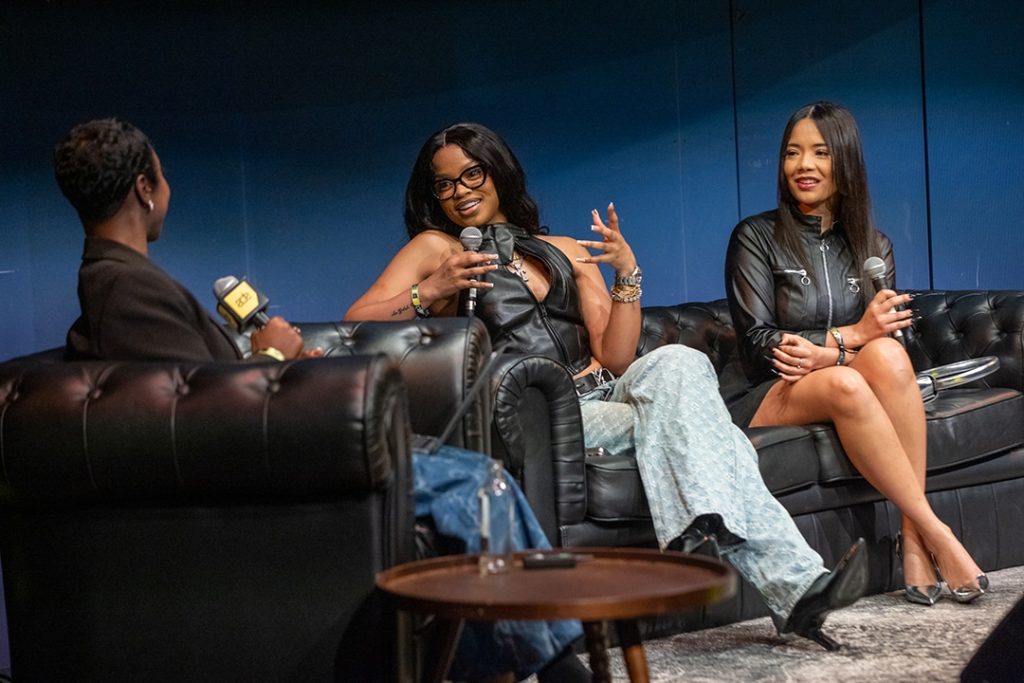
‘YouTube gave us the chance to grow beyond South Africa. Amapiano is now a global sound, not just an SA sound,’ Tarryn noted. When asked about their favourite type of YouTube content, the ladies laughed. ‘Shorts,’ Clairise instantly replied. ‘We can get creative with our content there.’
When asked for advice toward new creators, the ladies underscored their most crucial lesson: ‘Stay consistent with your content’ remains the primary factor for channel growth in 2025. Strategic planning, calendar creation, and generating complementary content around releases will increase visibility and allow artists to reach new fan demographics.
30 Years of TopNotch
The Amsterdam City Archive is actively seeking ways to capture the city’s identity within its collections. Music is undoubtedly central to the city, with icons like Hazes forever representing the local culture. The curator identified a similar cultural DNA within Amsterdam’s biggest Rap label, TopNotch Records.
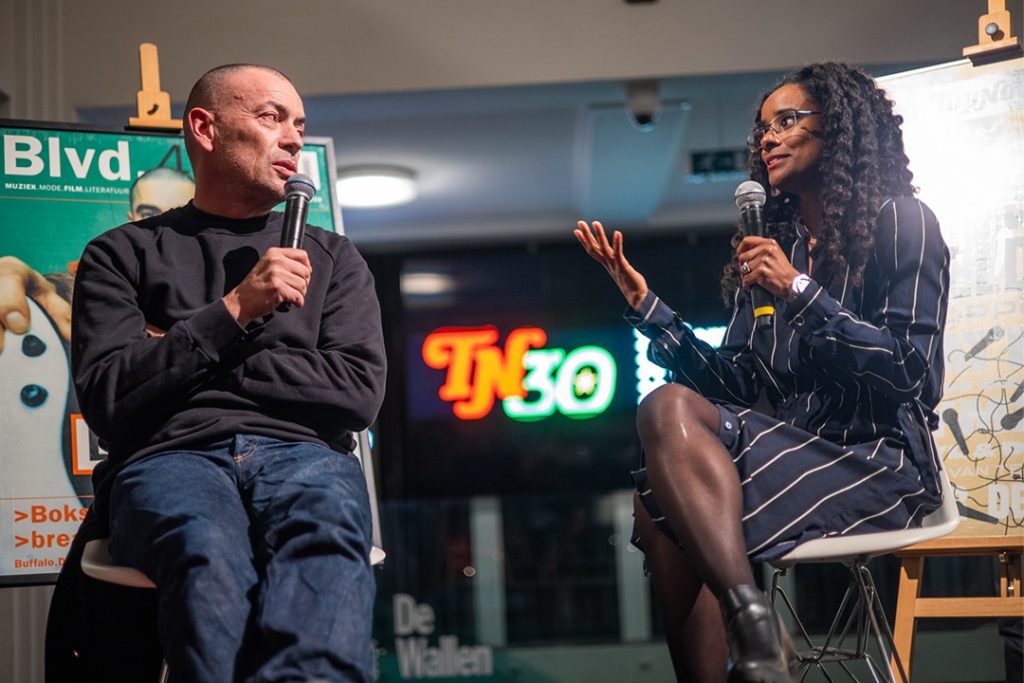
Founded in 1995 by Kees de Koning, the Dutch record label TopNotch was conceived to group quality rap releases. The label was instrumental in solidifying Dutch Rap. It launched the careers of artists like Extince, Opgezwolle, and Frenna, all of whom reached the pinnacle of their respective eras under the TopNotch banner.
Over three decades, countless careers flourished. Kees de Koning preserved many important items as relics of that era, and collaborated with the City Archive to integrate them into the vault collection. The evening commenced with a Q&A with de Koning, followed by an exposition of the vaulted material.
‘I just found it a weird idea to create a collection for a company,’ De Koning openly admitted. ‘I couldn’t understand it at first: who stands to benefit from that?’ The City Archive eventually convinced him of the cultural relevance of adding TopNotch to the public vault. ‘I can see why it’s of importance to the city of Amsterdam now,’ de Koning said smilingly.
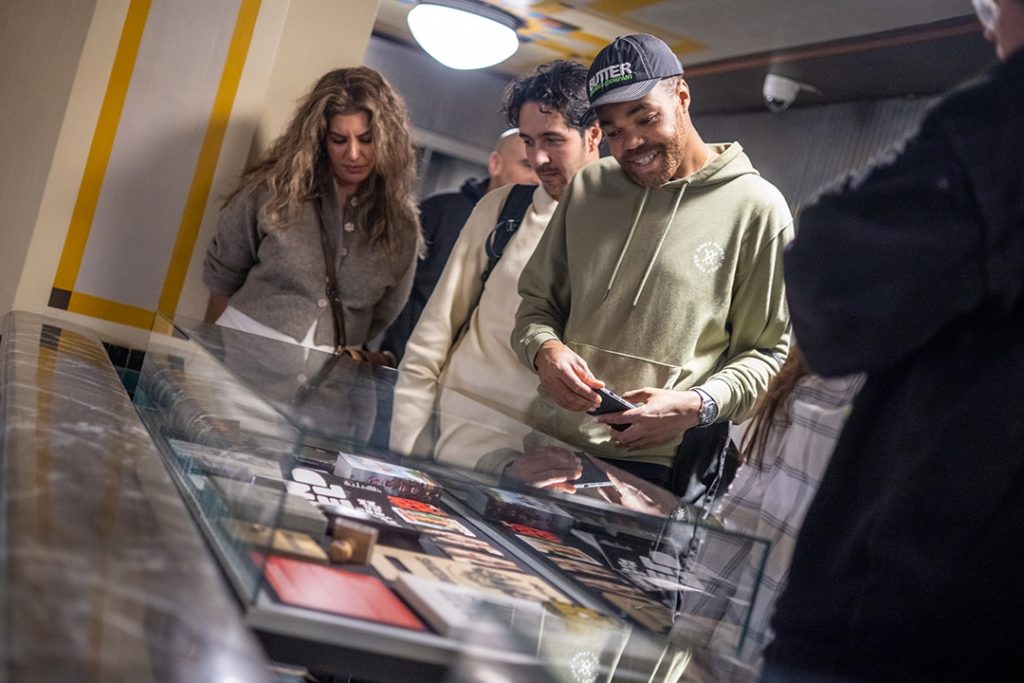
Among the items in the vault were iconic album releases, accompanying merch designs, tour notes, and even personal letters addressed to de Koning. Notable examples included letters from Kempi and Fresku; the former’s was displayed at the ADE exposition.
A large crowd of fans attended the Q&A, offering questions like ‘Who would you sign today?’ and ‘Which artist got away before you could sign him?’. De Koning expertly parried these direct questions, consistently offering a broader scope of vision in his answers.
With over 100 pieces on display, including never-before-seen conceptual works and collaboration films, the exposition firmly integrated TopNotch into Amsterdam’s musical history. The atmosphere was electric, punctuated by tracks like De Jeugd Van Tegenwoordig’s “Watskebeurt” and SBMG’s “Oeh Na Na,” blasting through the archive halls for one night only.
Photos (c) Tyron Rosheuvel




